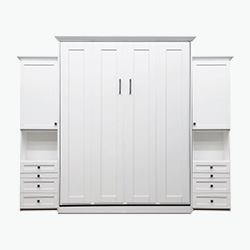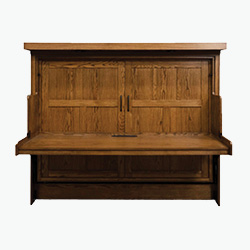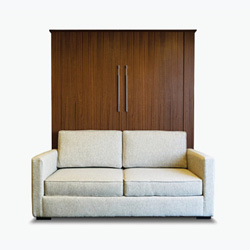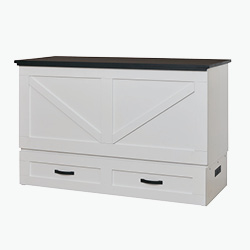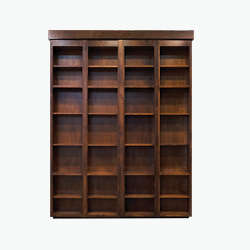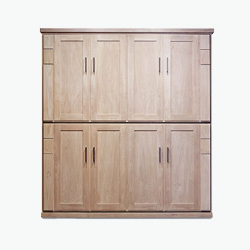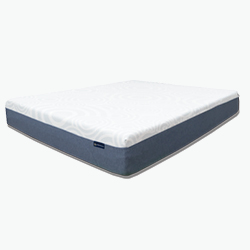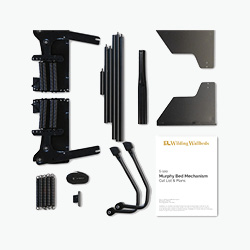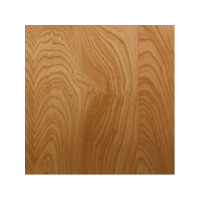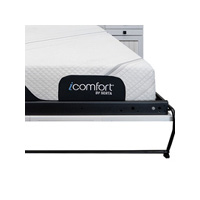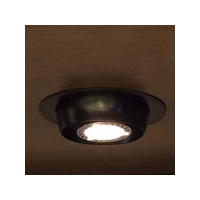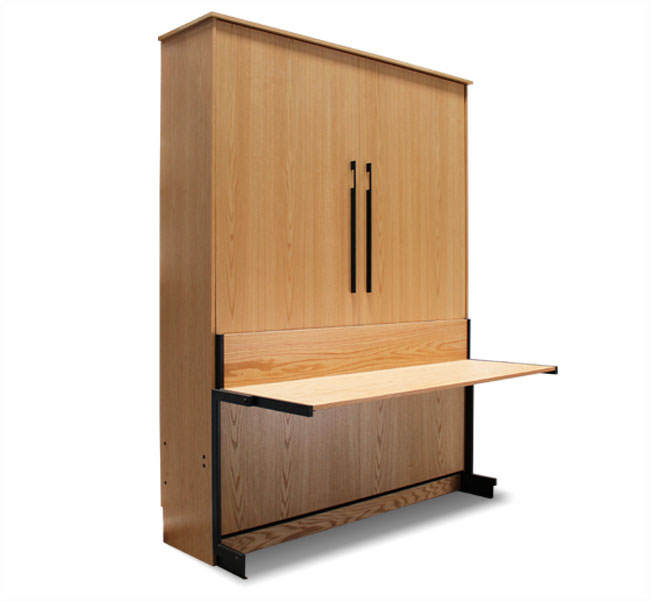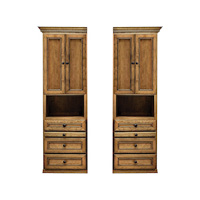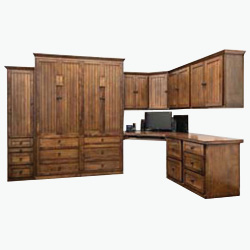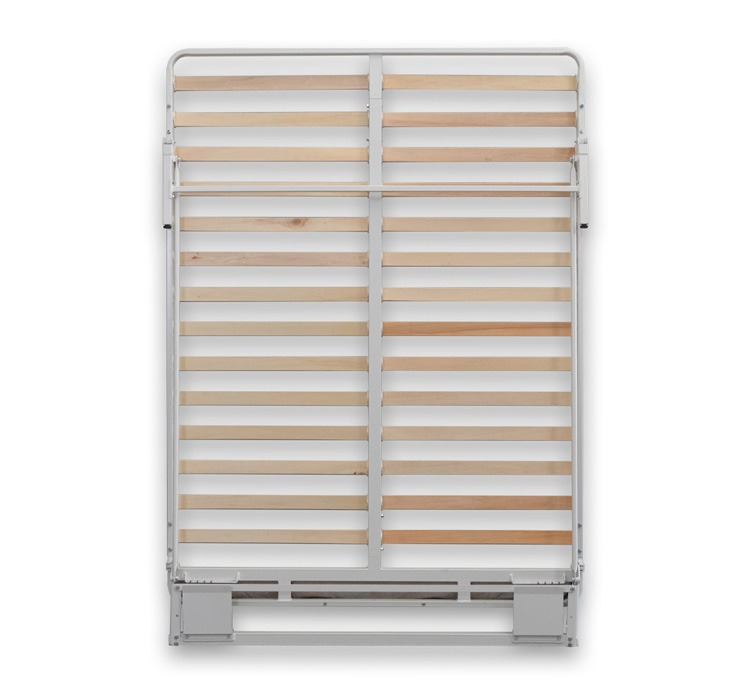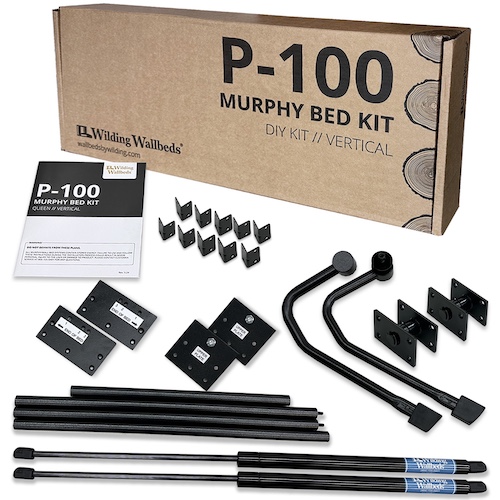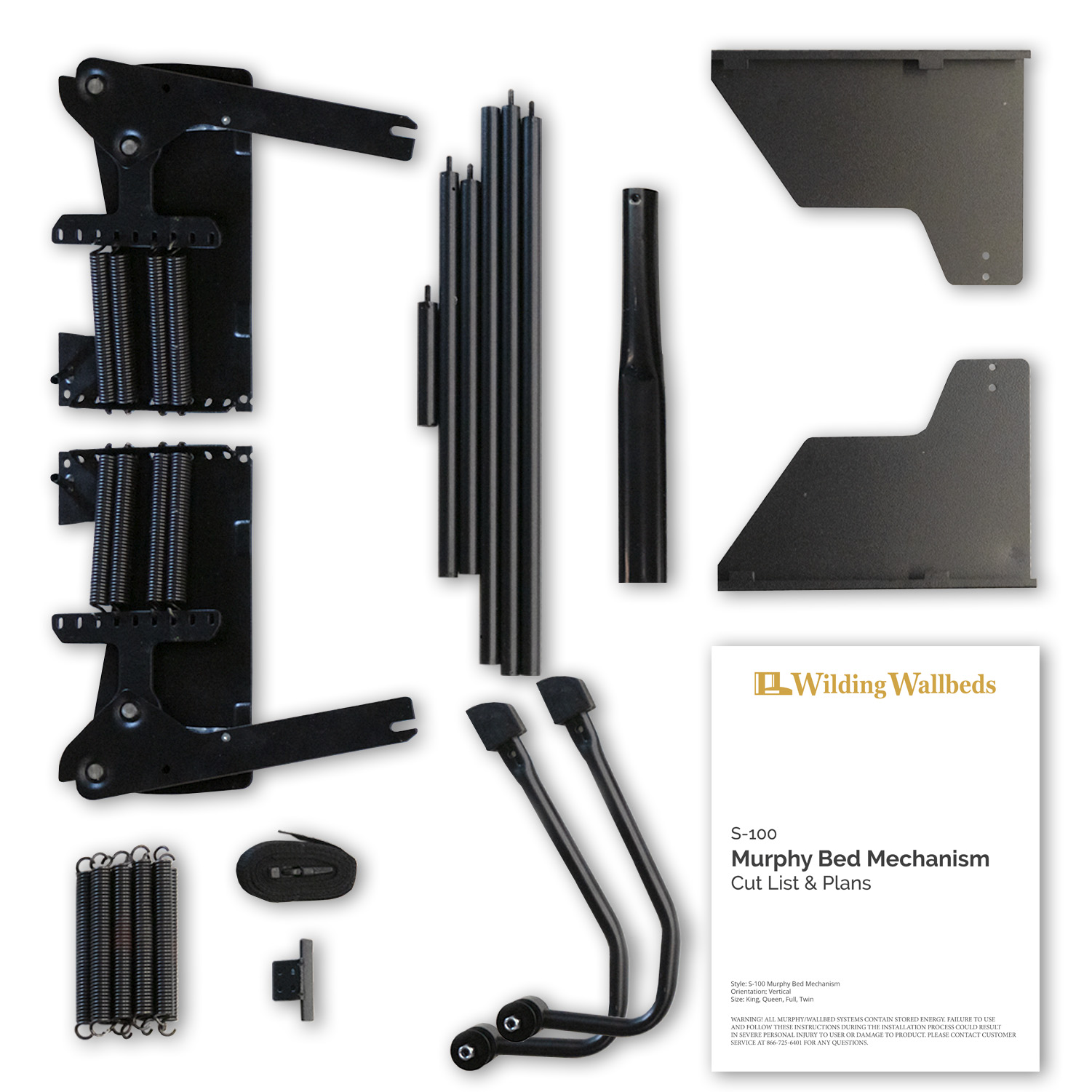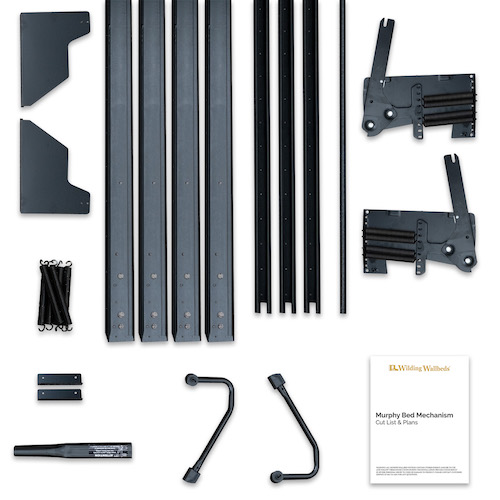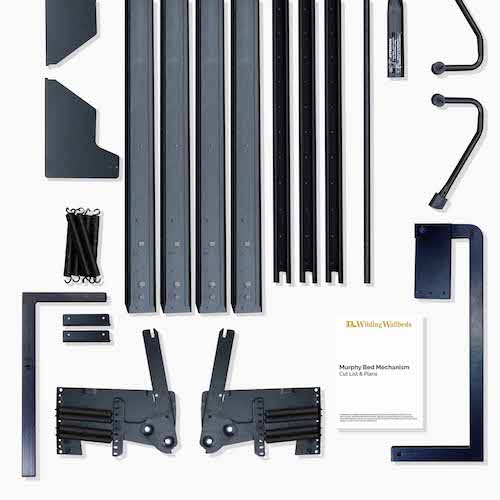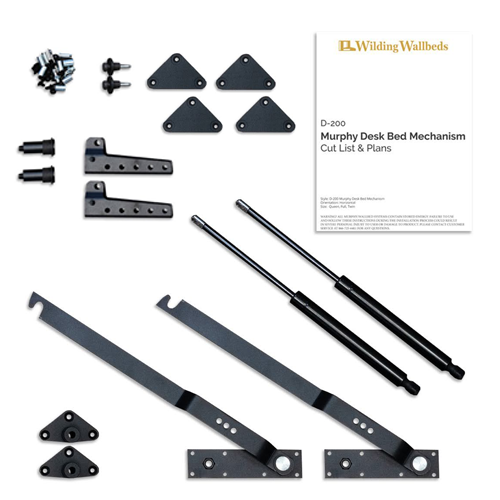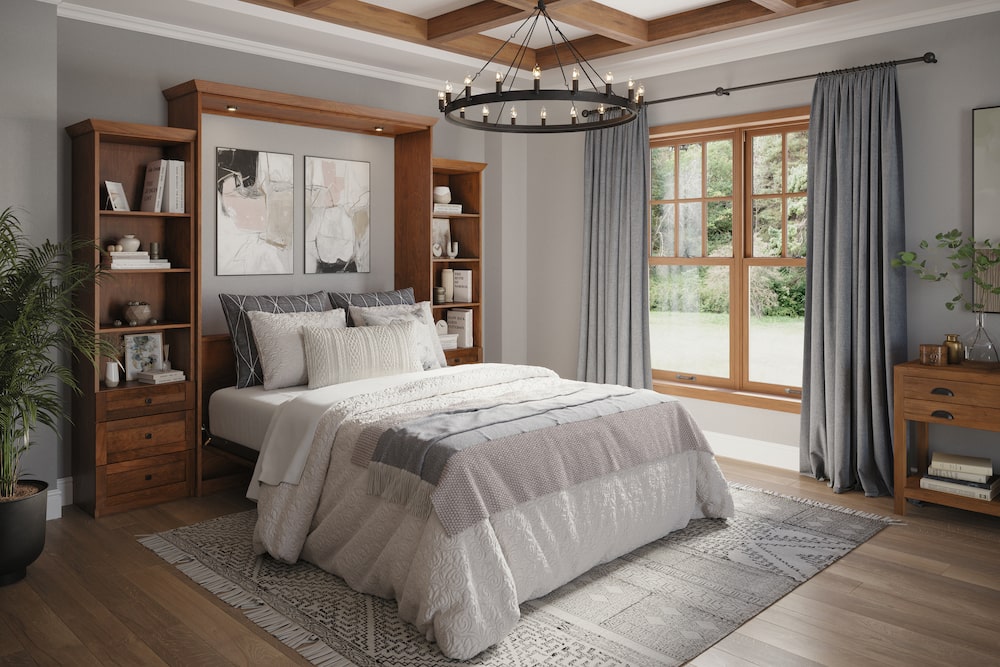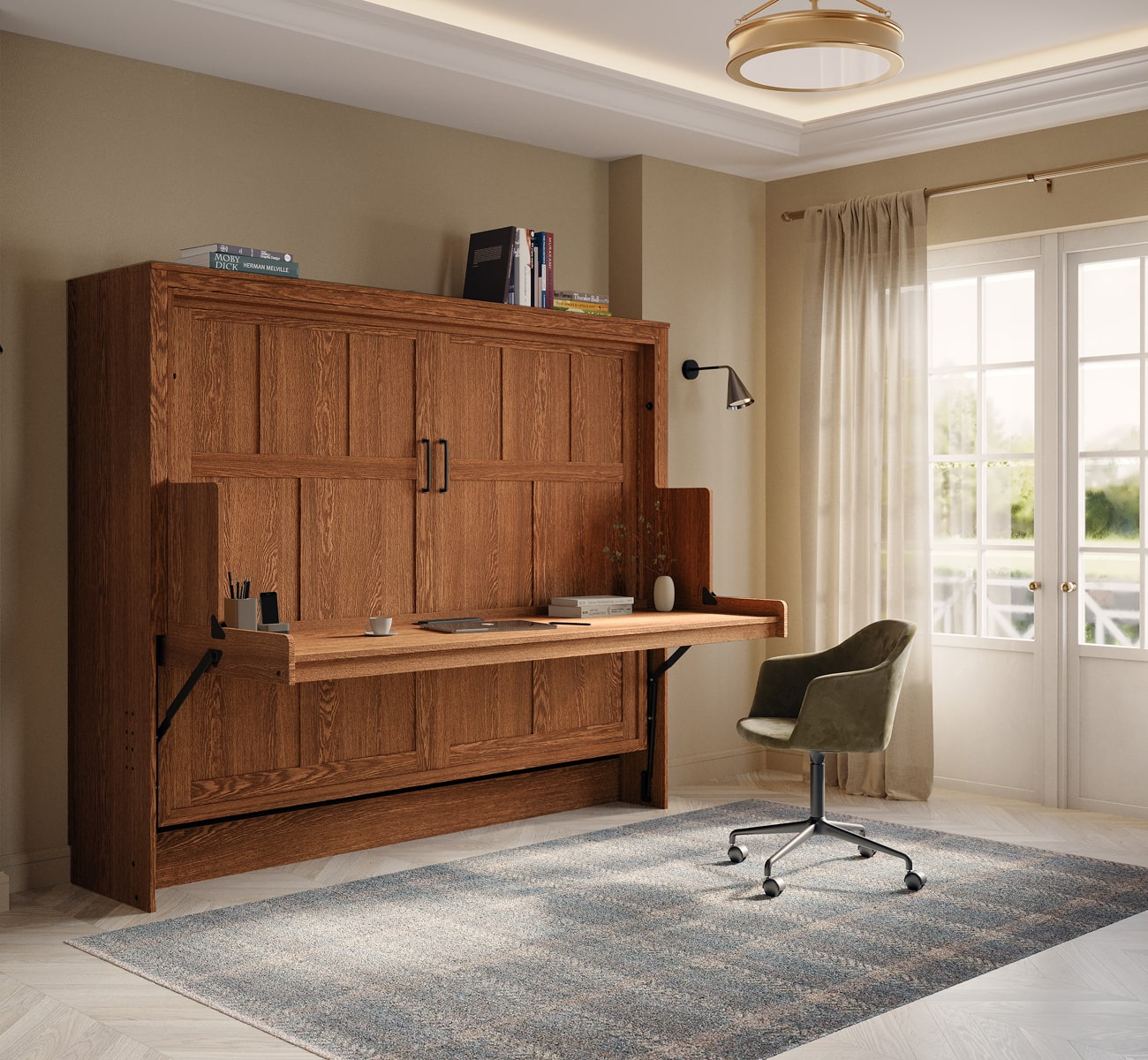Key Takeaways
- Murphy beds were invented by William Lawrence Murphy.
- Murphy beds were designed to allow one room to have multiple functions.
- There are now many different styles and mechanisms for murphy beds.
- Though the designs have evolved the principle remains the same.
- Murphy beds have revolutionised how we see our living spaces.
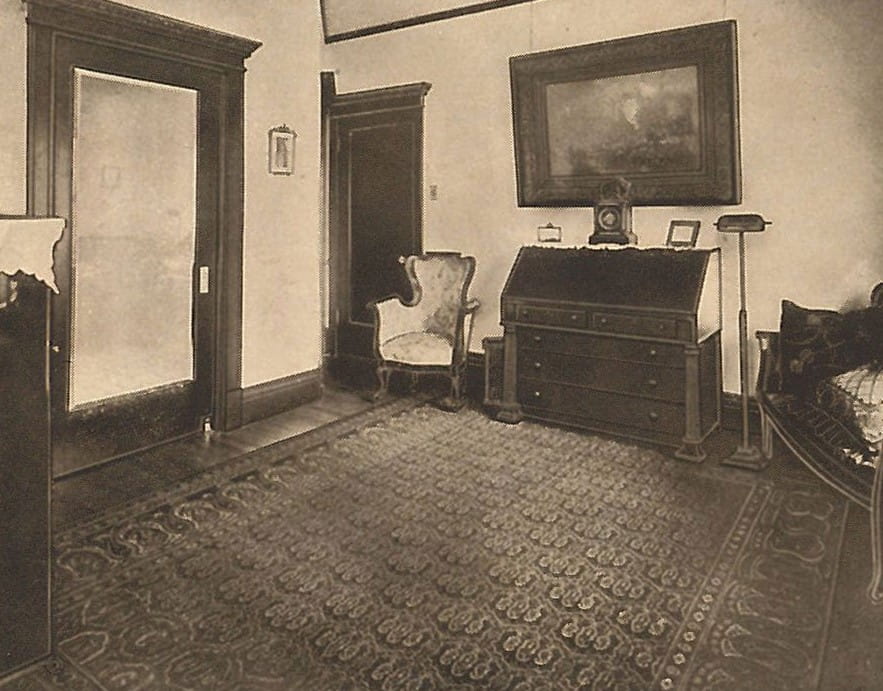
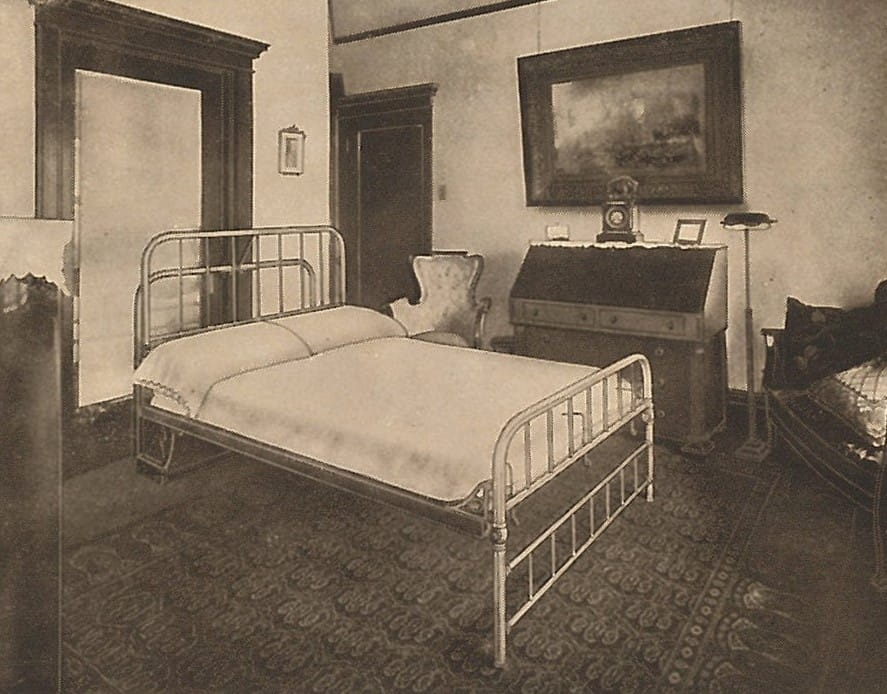
Introduction
Originally called “in-a-door” beds, William Murphy founded the Murphy Bed Company back in 1908. Later William Murphy patented this design in 1911. Though the name “Murphy Bed” was never trademarked they have since come to be known by this name.
Beds that fold up into a space on the wall are called Murphy Beds because it was William Lawrence Murphy who designed and implemented this storage mechanism. William Murphy was living in San Francisco in the early 1900s. At the time it was against social conduct to have members of the opposite sex in your bedroom. So he designed this new mechanism to be able to turn his small one room apartment from a bedroom into a parlor whenever he wanted to host a guest.
The Rise Of The Murphy Bed
After the company was founded, the popularity of the Murphy Bed grew until it peaked in 1925. With the growing success and popularity of this new space saving bed the company decided to move their headquarters from San Francisco to New York City.
At this new location this new innovative bed mechanism helped to transform a small one roomed apartment into multiple rooms that allowed visitors and guests while keeping with the customs of the time. This caught the attention of many apartment landlords and was quickly incorporated into many of the apartments throughout the city. These apartments were advertised in the local newspaper and often listed this new Murphy Bed as a big selling point.
New Innovations Over Time
When the Murphy Bed was first designed it only had one style, vertical up against the wall. But, as time went on and the Murphy Bed became more well-known, others built on the original design this lead to a wide variety of new styles and mechanisms of Murphy Beds being created and implemented. These new variations lend to more functionality and have grown to be popular in many different living situations, not just big city apartments.
Now on the market you can find a wide range of different Murphy Beds that can fit almost any mattress you might have. Some of these include:
- Desk beds, beds that when up against the wall transform into a stylish desk for your work.
- Bunk beds, Two beds mounted on their sides that can fold down into two twin bunk beds complete with railings and ladder.
- Bookcase beds, four columns of shelves that fold out and allow you to lower your bed.
- Murphy Cabinet beds, beds that collapse to look no bigger then a normal dresser.
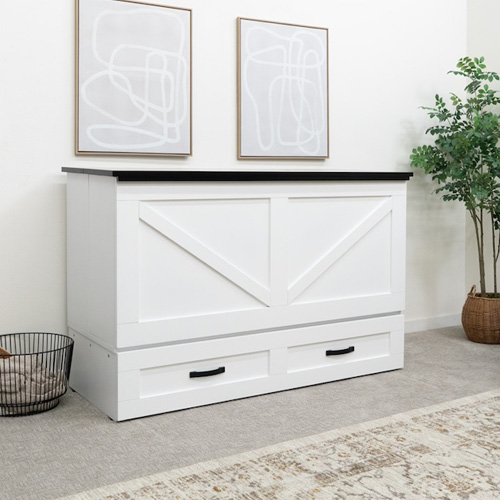
Along with the different types of Murphy Beds their simplicity and style have allowed them to become as customizable as a cabinet with a variety of different trims and styles that make it fit in fashionably with any home. From more traditional rustic to a smooth modern style, it is easy to find a Murphy Bed that fits into your space.
While the original design of the Murphy Bed was built to accommodate a simple twin mattress you can find many Murphy Beds that accommodate mattresses from a twin to a king sized. This has allowed them to become more used in common houses and larger apartments for those who want to make the most of the space that they live in.
With the development of these new mechanisms and styles, the concept remains the same; conserve and transform the living space. With the same underlying concept, all of these new variations are still called Murphy Beds.
How Does It Work?
The main structure of the Murphy Bed is anchored to the desired space on the wall. You can choses to have it oriented vertically or horizontally. When lowered there is a space to lay the mattress in the bedframe and there are straps to hold both the mattress and the sheets So they do not slide off when the bed is put away.
When a Murphy Bed is stowed, it looks like a large cabinet, desk, or shelves depending on the style you choose. It has often been confused with a Daybed, which is a bed that folds down into a couch, or a Trundle bed, which is a bed frame that has another mattress slide on the bottom.
When a Murphy Bed is attached it commonly sticks out between 18 to 21 inches from the wall. The average queen sized mattress weighs in at about 120 to 160 pounds but despite this weight the mechanisms and build of the Murphy Bed allow it to be easily lowered and stowed without having to bear the full weight of the bed.
Over the years developments have been made to the stowing and lowering of the main bed. On the current market you can find two different Murphy Bed mechanisms: a spring lift and a Piston lift. The more traditional spring mechanism features a spring at the base of the bed which absorbs the shock of the bed when it is lowered as well as provide additional stability. This mechanism also allows for the bed to be easily adjusted as needed. The piston mechanism on the other hand uses gas or air to lower the bed which is more durable than the spring lift and has an added locking feature for when the bed is not being used, however this cannot be adjusted once it is installed.
Its Affects Today
The Murphy Bed changed how we see and think about living spaces. It presented the idea that any space can become what we needed it to be with some simple adjustments. Since its creation we have seen a wide range new and innovative furniture, not just beds, that have been built to transform and save space.
Among these new innovative ideas has been the Media Cabinet. This cabinet, much like the Murphy Bed, is designed to look and function just like any other dresser but with the push of a button your TV emerges from the center of it. This new design helps to hide your media when it is not in use. These cabinets can be placed in many places, though at the foot of the bed is among the most common.
